
Outdoor water fountains add a touch of elegance and serenity to any yard or garden, but winter weather can take a toll on these delicate features. That's why it's important to properly winterize your outdoor water fountain to ensure that it stays in good condition through the cold months.
Winterizing your fountain involves a few key steps, including draining the water, removing the submersible pump, storing the fountain's parts, covering the fountain, and reassembling it in the spring.
This comprehensive guide will provide you with all the information you need to winterize your outdoor water fountain and keep it in top condition. Whether you're a seasoned gardener or a first-time fountain owner, this guide will provide you with the knowledge and tools you need to get the job done right.

Gather Necessary Tools and Supplies
Before starting the winterization process for your outdoor water fountain, it is important to gather all of the necessary tools and supplies. Having everything on hand will help make the process more efficient and ensure that you have everything you need to properly winterize your fountain.
Here is a list of recommended tools and supplies for winterizing an outdoor water fountain:
- Garden Hose: A garden hose is essential for draining water from the fountain and for cleaning the fountain parts.
- Buckets: Buckets can be used to collect water from the fountain and to store the fountain's parts during the winter months.
- Cover: You will need a cover to protect the fountain during the winter months. Choose a cover that is specifically designed for outdoor use and is made from heavy-duty, weather-resistant material.
- Screwdrivers: You may need screwdrivers to remove the fountain head and to store the fountain's parts.
- Pliers: Pliers can be useful for removing hoses and plumbing from the fountain.
- Soap and Water: A mild soap and water solution can be used to clean the fountain and remove any debris that may have accumulated during the winter months.
By having all of these tools and supplies on hand, you can effectively winterize your outdoor water fountain and protect it from winter weather conditions.
Drain the Water from the Fountain
Draining the water from your outdoor water fountain is an essential step in winterizing it. Not only does this prevent the water from freezing and causing damage, but it also helps to remove any debris or minerals that may have accumulated in the fountain over the course of the season.
To drain the water from your fountain, start by turning off the fountain's pump and unplugging it from the electrical outlet. Next, use a garden hose to drain as much water as possible from the fountain. If your fountain is large or has multiple tiers, be sure to drain each one individually to ensure that all the water has been removed.
Once you have drained as much water as possible, use a sponge or cloth to wipe down the interior of the fountain, removing any debris or mineral buildup. If there is any remaining water in the fountain, you can use a bucket or container to manually remove it.
It is important to remember that even a small amount of water left in the fountain can cause damage if it freezes. Be thorough in your efforts to drain the water, and don't forget to also drain any pipes or hoses that may be connected to the fountain.
By taking the time to properly drain the water from your outdoor water fountain, you can help protect it from damage during the winter months and ensure that it is ready to provide soothing sounds and serenity in the spring.
Remove the Submersible Pump
The next step in winterizing your outdoor water fountain is to remove the submersible pump. This is important as the pump can be damaged if left in the fountain during freezing temperatures.
To remove the pump, start by turning off the fountain's power supply and unplugging it. Then, locate the pump and follow the instructions provided by the manufacturer to remove it. In most cases, this will involve loosening a few screws or clips and carefully lifting the pump out of the fountain.
Once you have removed the pump, place it in a dry and protected area, away from any moisture or freezing temperatures. Some pumps may come with their own protective covers, while others may simply need to be wrapped in a protective material and stored in a safe place.
It is important to handle the submersible pump with care, as it is a delicate and important component of your fountain. Take your time and follow the manufacturer's instructions closely to ensure that it is removed and stored properly.
By removing the submersible pump, you can help protect it from damage during the winter and ensure that your fountain is ready to run smoothly in the spring.
Store the Fountain's Parts
Once you have drained the water from the fountain and removed the submersible pump, it is time to store the fountain's parts. This includes any hoses, pipes, nozzles, and other components that may be removable.
To store the fountain's parts, start by cleaning each one thoroughly. Use a sponge or cloth to wipe down each component, removing any debris or mineral buildup. Then, wrap each piece in a protective material, such as bubble wrap or a protective cover.
Next, gather all the fountain's parts and place them in a dry and protected area, away from any moisture or freezing temperatures. If you have a large fountain with many components, consider labeling each piece and grouping them together in labeled bags or containers for easy identification in the spring.
It is important to store the fountain's parts properly to protect them from damage during the winter months. Proper storage will also help ensure that the fountain is ready to use as soon as the weather warms up and you are ready to set it up again.
By taking the time to store the fountain's parts properly, you can help extend the life of your outdoor water fountain and enjoy its beauty for many seasons to come.
Cover the Fountain
After you have drained the water from the fountain, removed the submersible pump, and stored the fountain's parts, it is time to cover the fountain itself. Covering the fountain can help protect it from damage during the winter months and keep it in good condition for next season.
To cover the fountain, start by selecting a cover that is appropriately sized for your fountain. The cover should be large enough to cover the entire fountain, including any raised elements or ornaments, while leaving enough room for air to circulate around the cover.
Next, place the cover over the fountain, making sure that it is centered and evenly distributed over the entire structure. Secure the cover in place using bungee cords, tie-downs, or other appropriate fasteners, making sure that it is tightened securely to prevent it from coming loose or being blown away in strong winds.
It is important to note that some covers may require additional support, such as poles or other stabilizing elements, to keep them in place and prevent them from collapsing under the weight of snow or other winter weather conditions. Be sure to follow the manufacturer's recommendations for any additional support required for your cover.
By covering your fountain, you can help protect it from damage during the winter months and ensure that it is ready to use as soon as the weather warms up and you are ready to set it up again. With a little care and attention, you can help extend the life of your outdoor water fountain and enjoy its beauty for many seasons to come.
Reassemble the Fountain in the Spring
Reassembling your outdoor fountain in the spring is an important step in maintaining the longevity and beauty of your fountain. Here are the steps you should follow to properly reassemble your fountain:
- Clean the Fountain Parts: Before reassembling the fountain, it is important to thoroughly clean all of the parts. Use a mild soap and water solution to clean the fountain and remove any debris that may have accumulated during the winter months.
- Reinstall the Submersible Pump: Reinstall the submersible pump by connecting it to the electrical supply and securing it in place. Be sure to double-check the connections and ensure that the pump is functioning properly.
- Reinstall the Water Reservoir: Reinstall the water reservoir by securing it in place and connecting any hoses or pipes. Fill the reservoir with fresh water and check for any leaks or issues with the plumbing.
- Reinstall the Fountain Head: Reinstall the fountain head by connecting it to the water supply and securing it in place. Check that the water flow is consistent and that the fountain is functioning properly.
- Add Decorative Elements: Once the fountain is fully assembled, you can add any decorative elements such as rocks, plants, or lighting.
By following these steps, you can successfully reassemble your outdoor fountain and enjoy its beauty and functionality throughout the spring and summer months. It is important to periodically clean and maintain your fountain to keep it functioning properly and looking its best.
Final Thoughts
In conclusion, winterizing your outdoor water fountain is an essential step in maintaining its longevity and beauty. By following the steps outlined in this comprehensive guide, you can ensure that your fountain is protected from harsh winter conditions and that it is ready to be used again come spring. From gathering necessary tools and supplies to covering the fountain and reassembling it in the spring, this guide provides you with all the information you need to properly winterize your outdoor water fountain. Proper winterization can not only protect your investment, but it can also add years of enjoyment to your outdoor space.
Frequently Asked Questions
What tools and supplies do I need to winterize my outdoor water fountain?
You will need a few tools such as a submersible pump, a bucket, a hose, and an air compressor. You may also need a water fountain cover.
Why is draining the water from my fountain important in the winterization process?
Draining the water from your fountain is important because water expands as it freezes, which can cause damage to the fountain's components.
How do I remove the submersible pump from my outdoor water fountain?
To remove the submersible pump, you will need to unplug it from the power source, disconnect any tubing, and carefully remove it from the water.
What is the best way to store the fountain's parts during the winter months?
The best way to store the fountain's parts during the winter months is in a dry and protected location, such as a garage or shed.
Why is it important to cover my outdoor water fountain during the winter?
Covering your outdoor water fountain during the winter is important to protect it from snow, ice, and other winter weather conditions that can cause damage.
Related Articles
How to Remove White Scale from Your Water Feature
Preventing Algae in Water Fountains: A Complete Guide
Water Feature Maintenance: A Comprehensive Guide


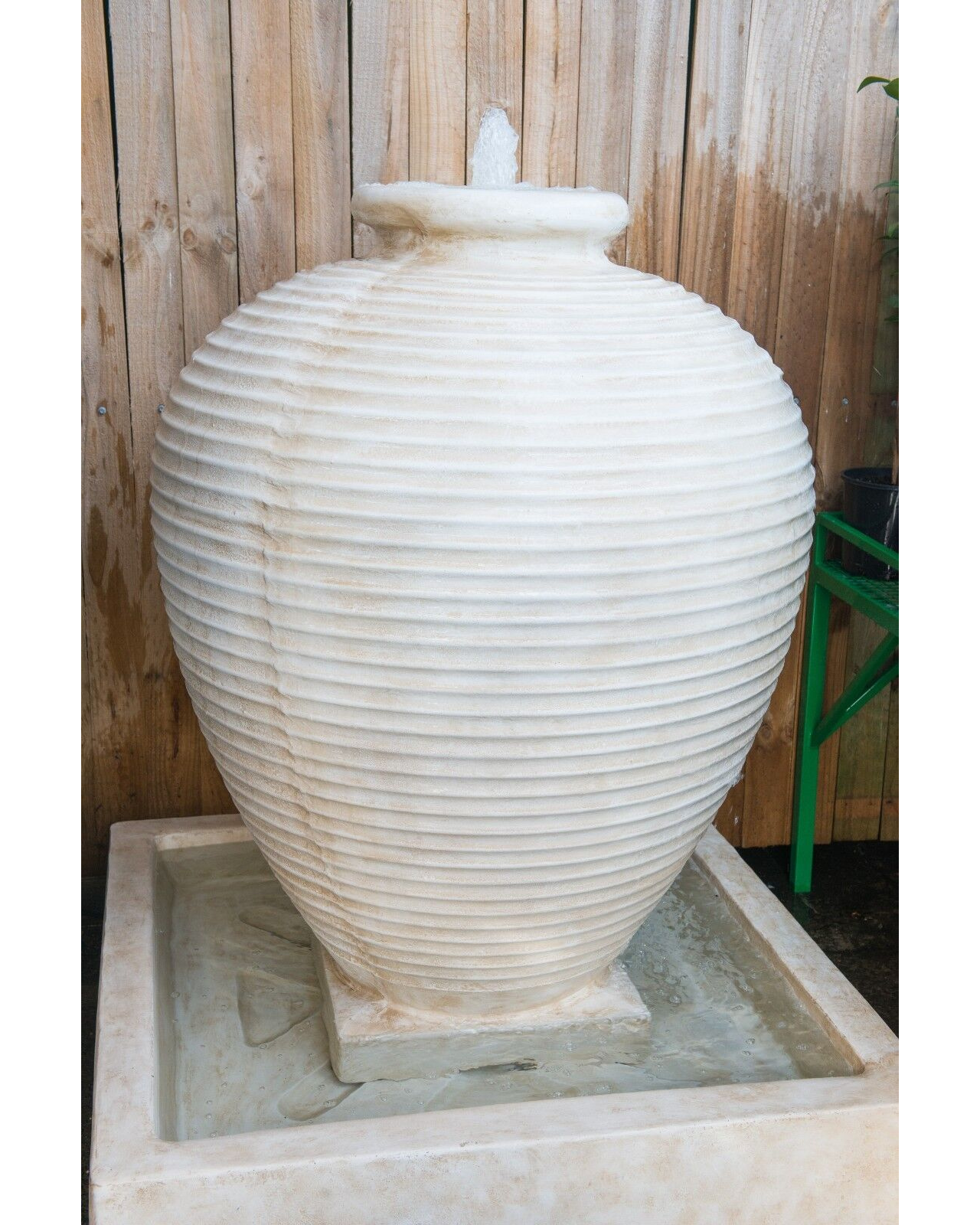

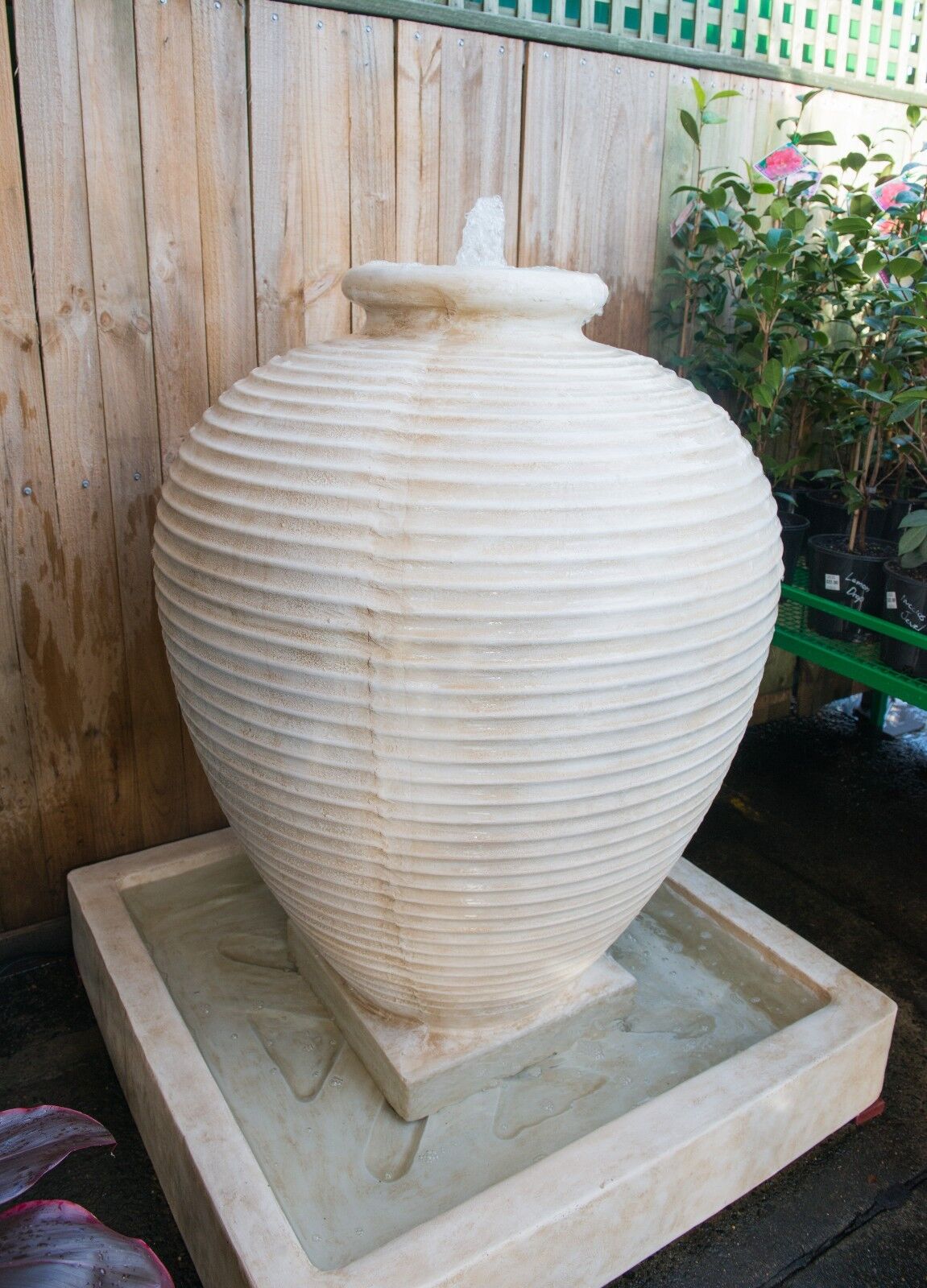
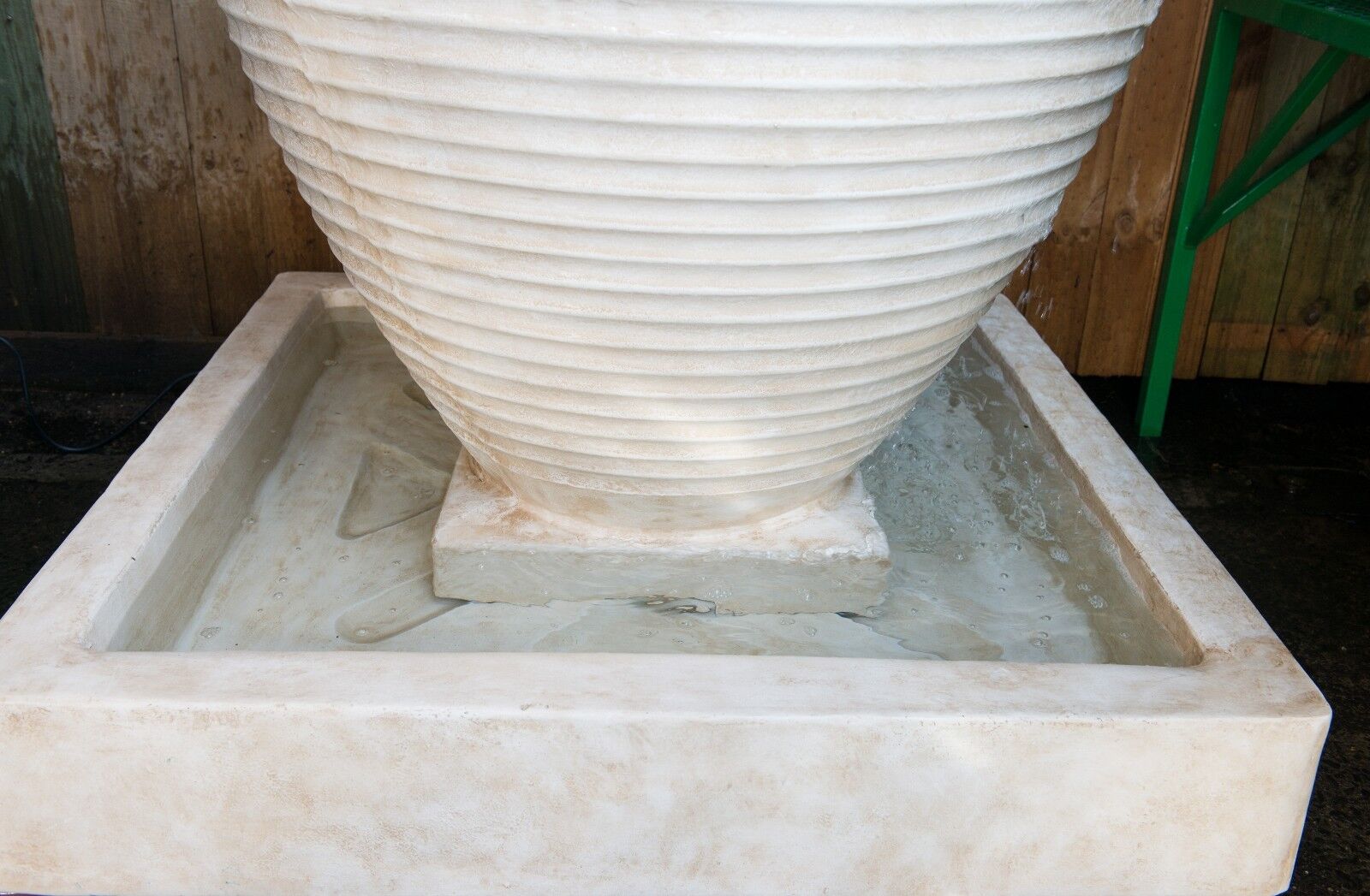
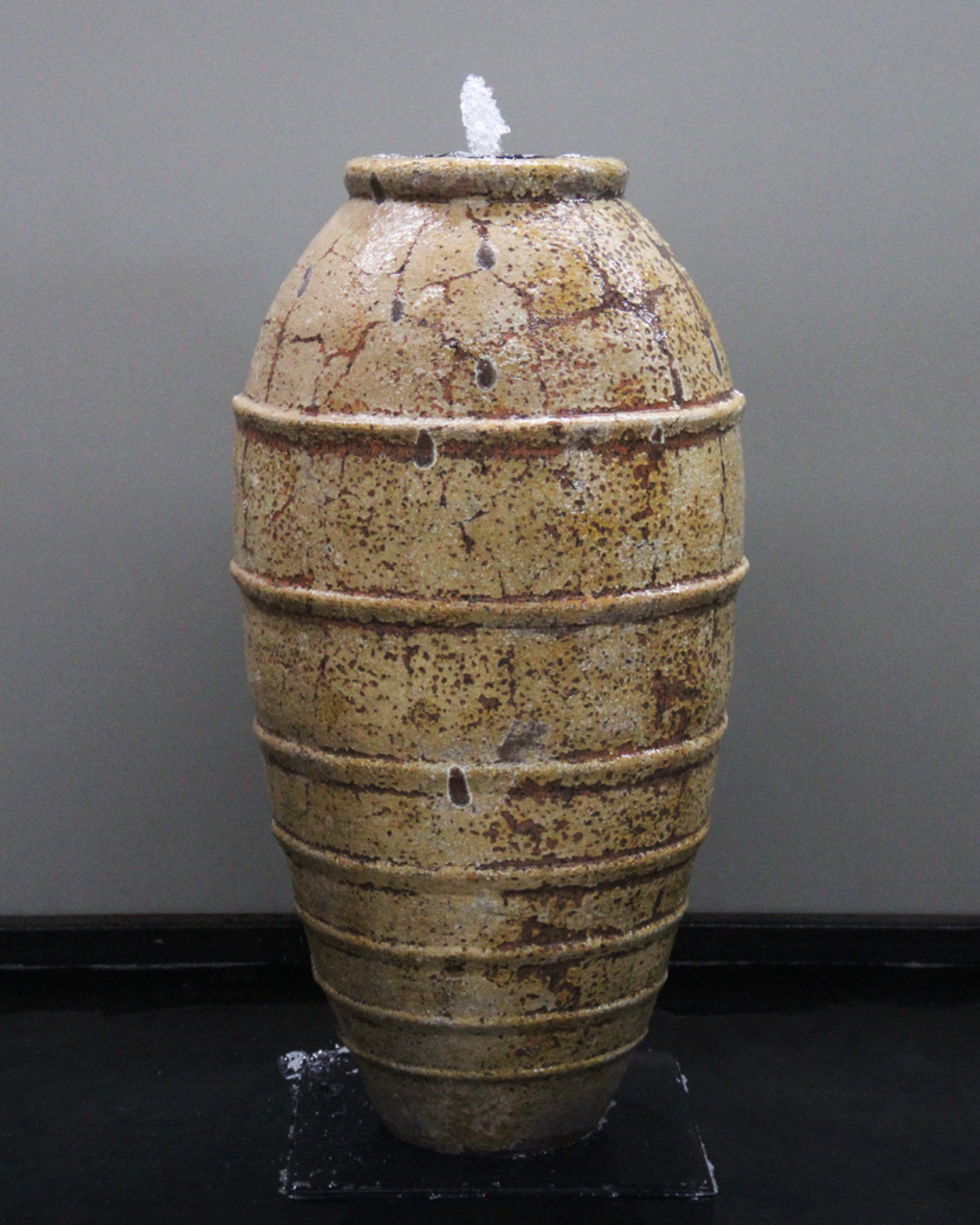

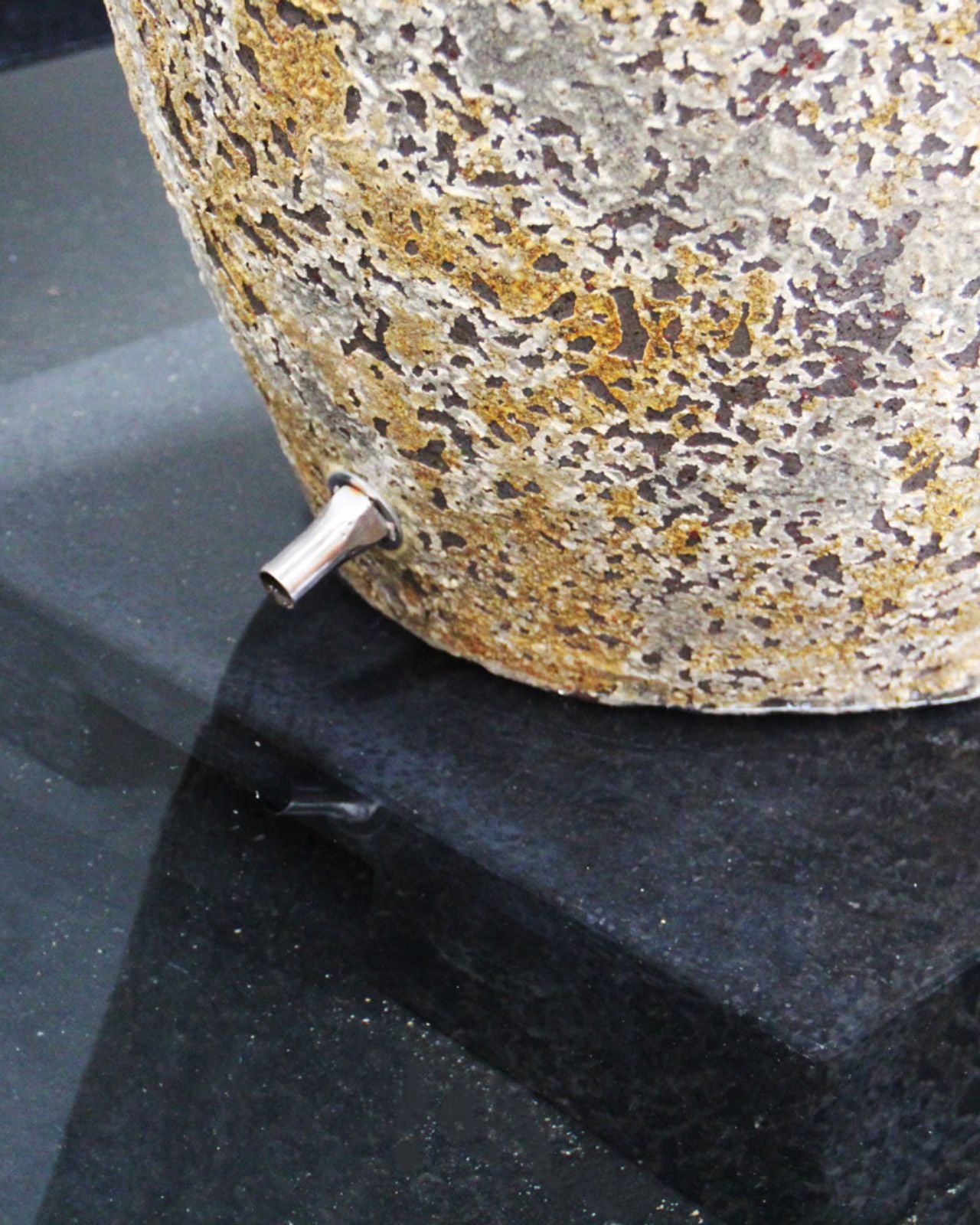
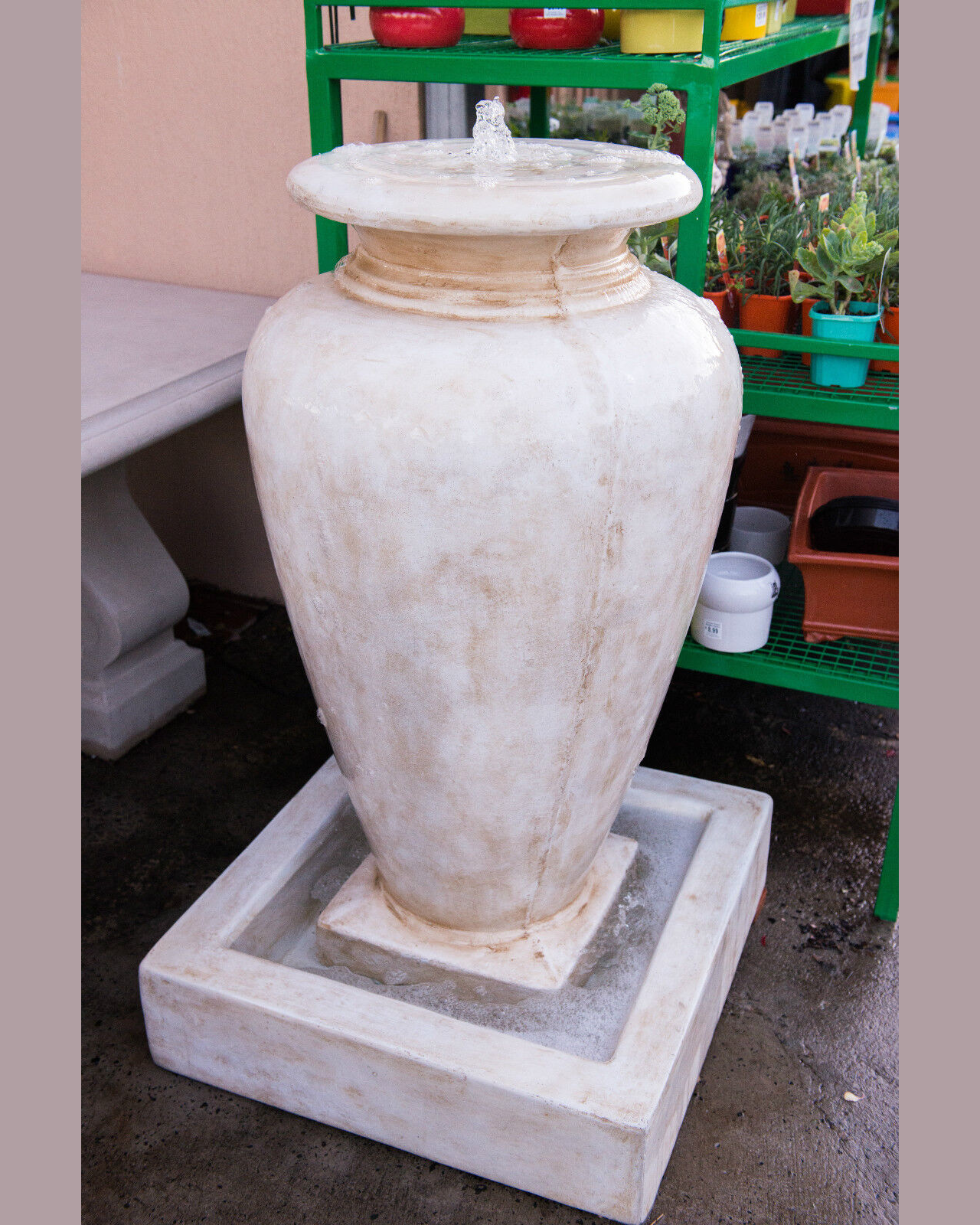

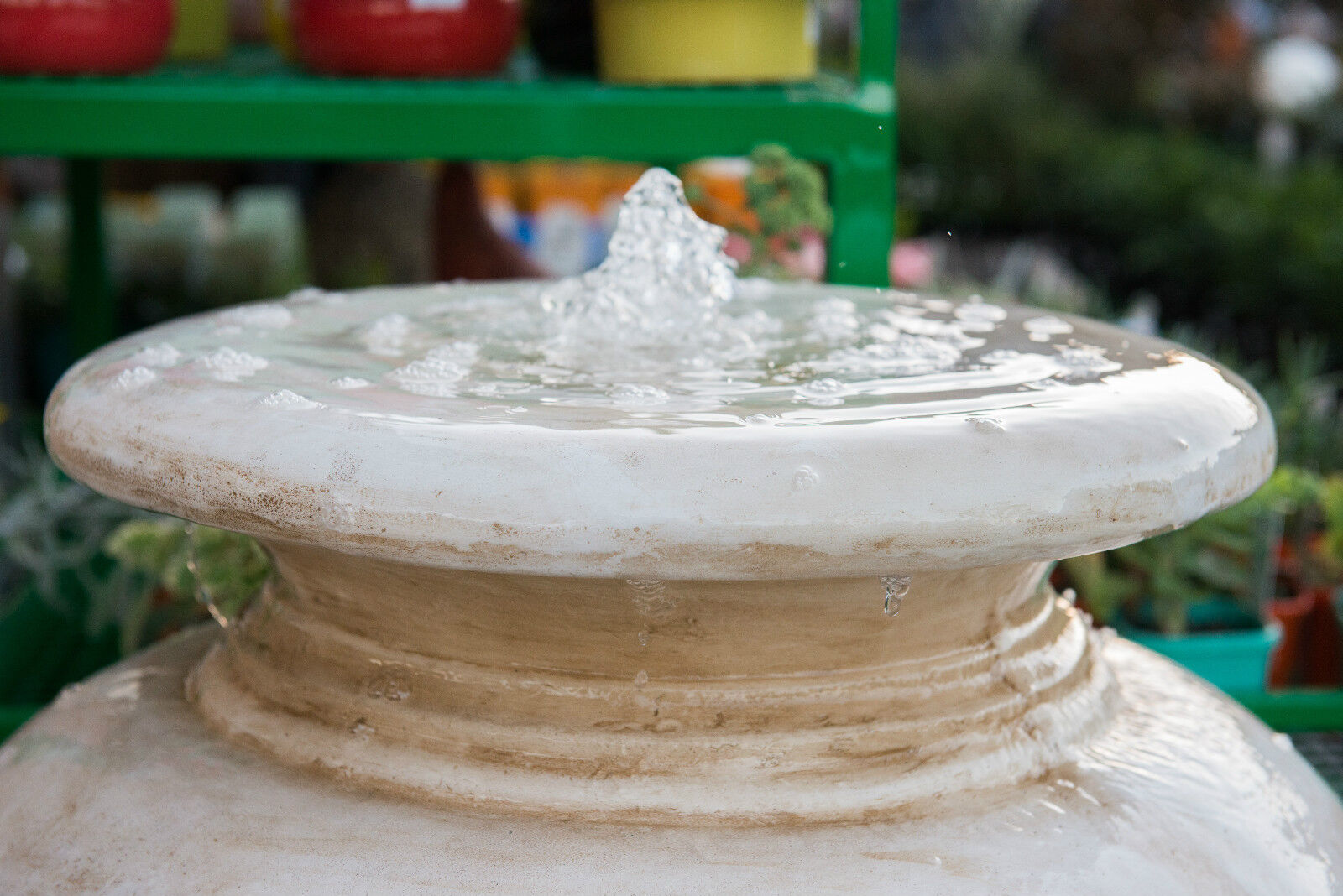
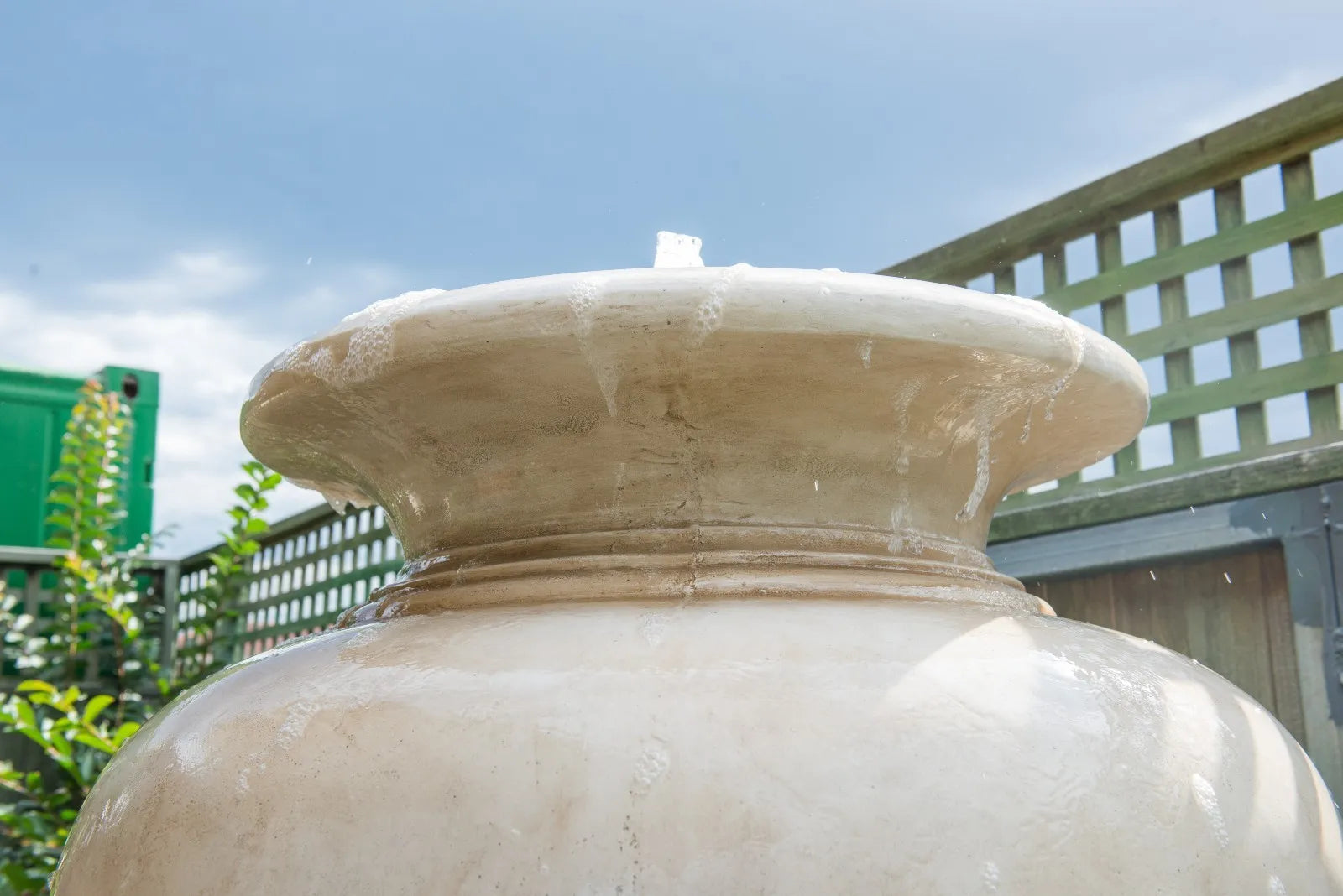
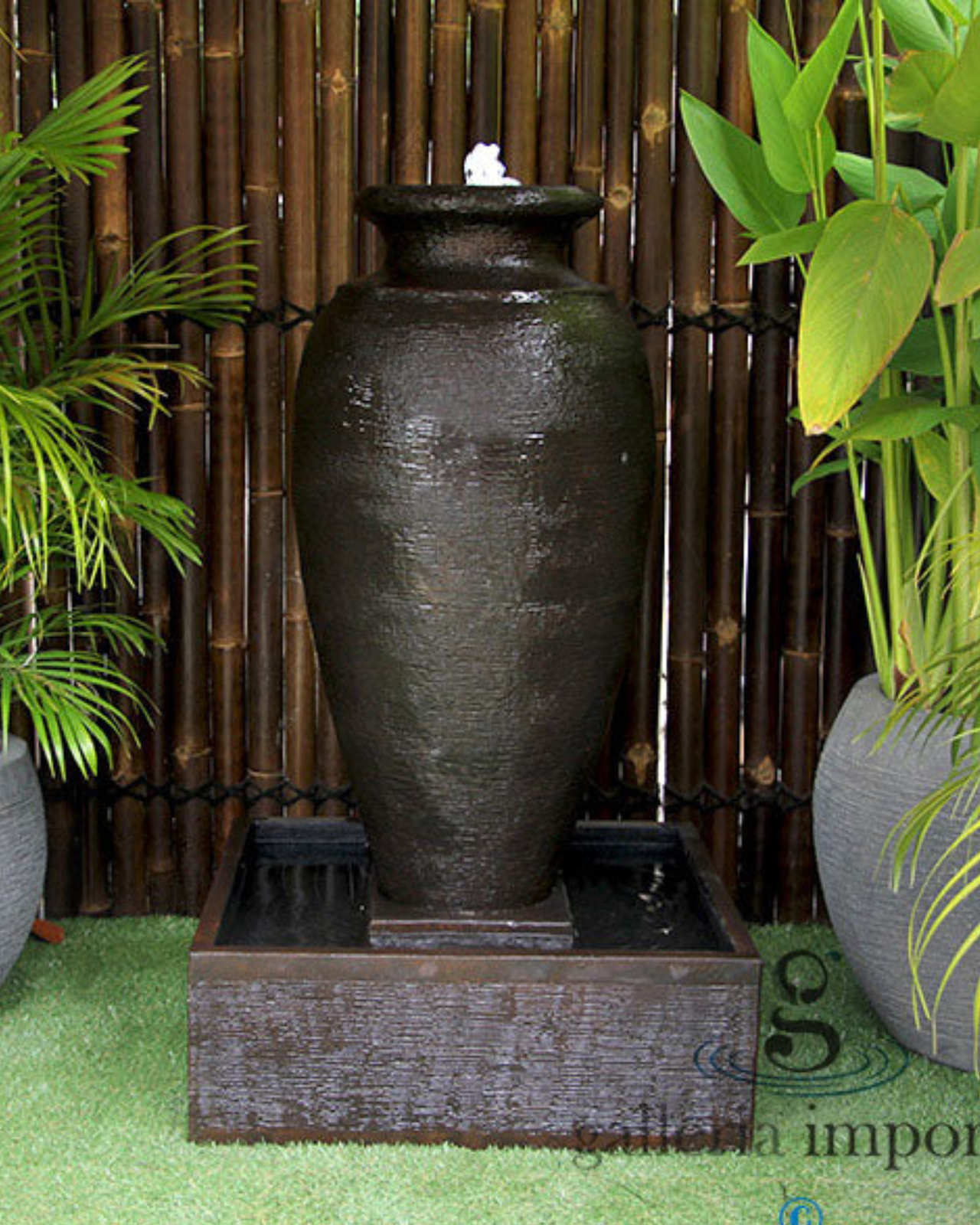

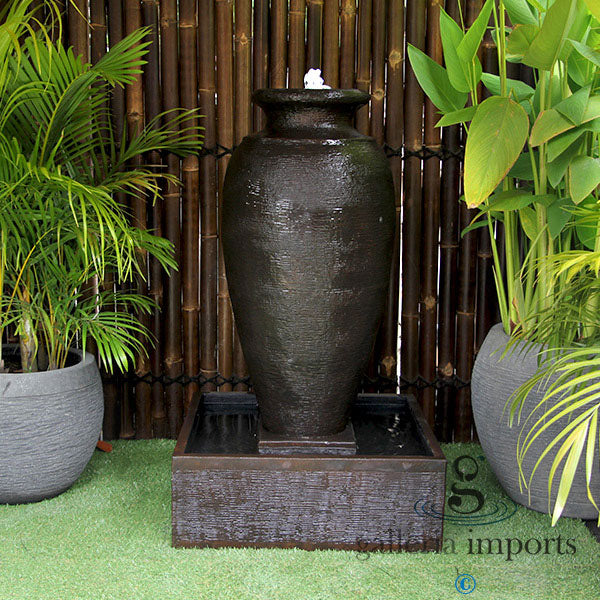
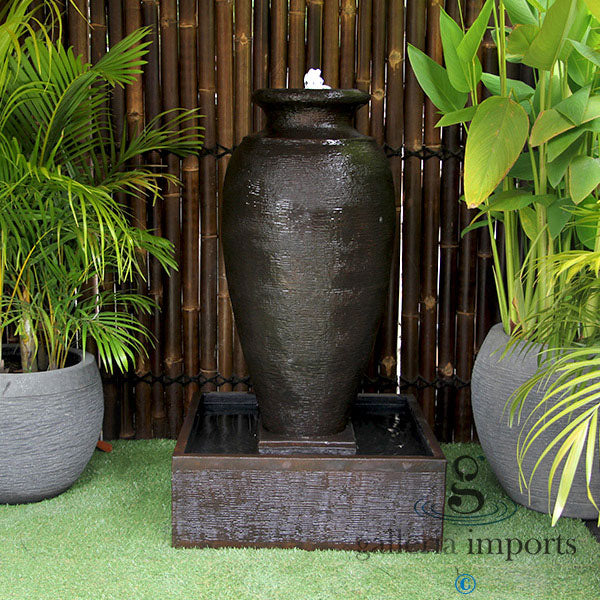
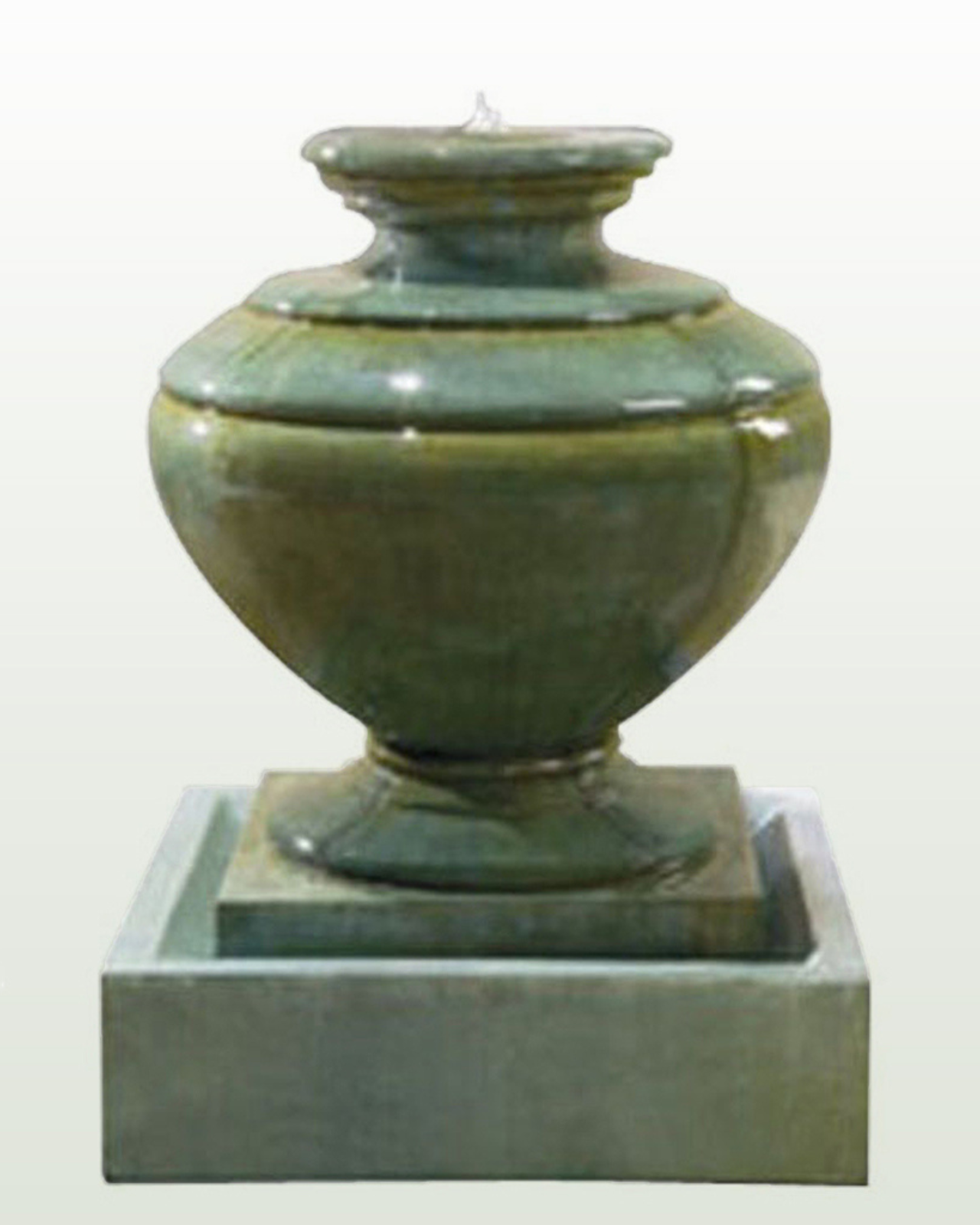
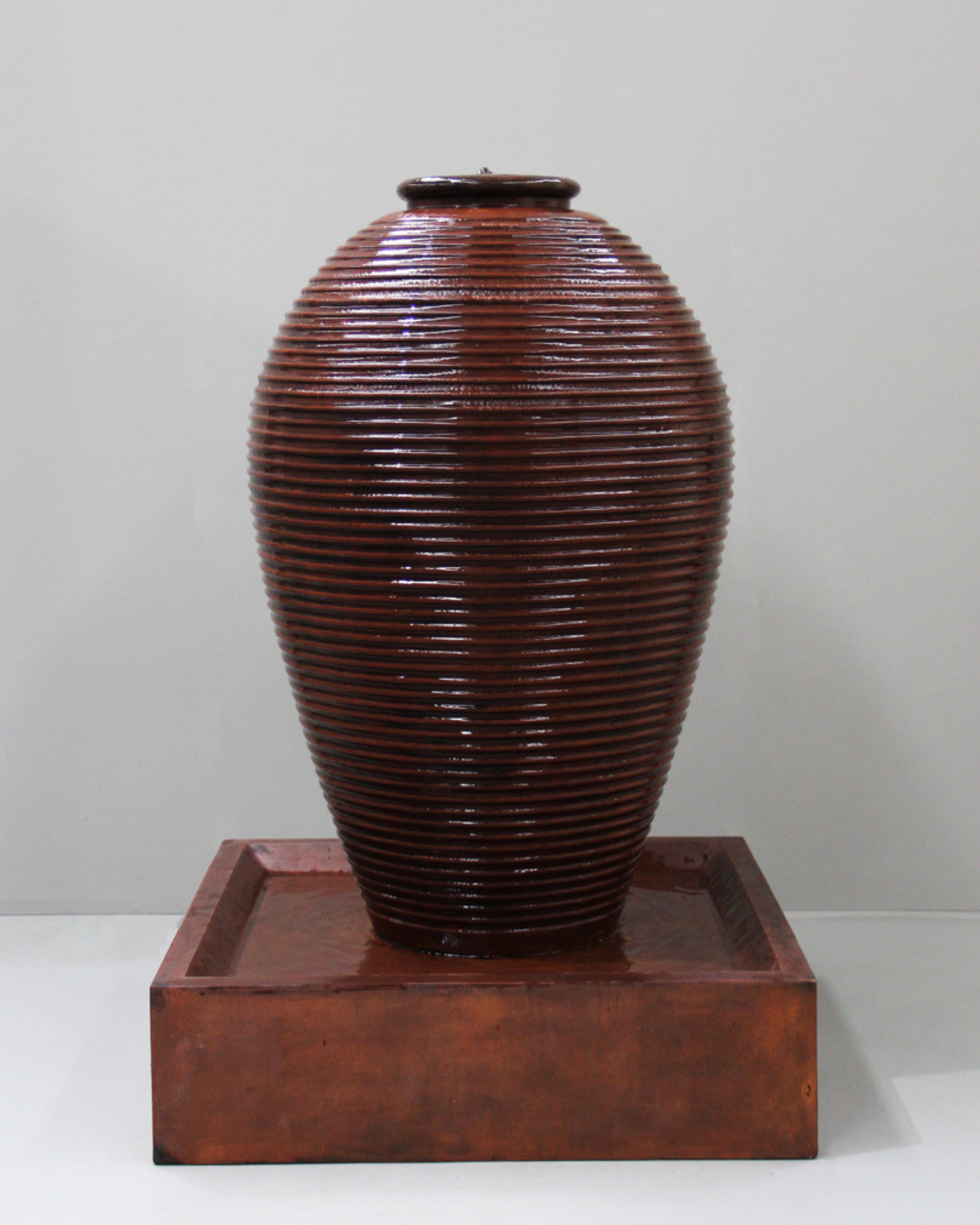
Share:
Preventing Algae in Water Fountains: A Complete Guide
Water Feature Maintenance: A Comprehensive Guide